“It’s our birthright,” says Cary-based astrophotographer Elizabeth Quinlan about our inclination to look up at the night sky in search of understanding about ourselves and our place in the universe.
At a time of year when we purposely slow down and seek deeper connection with ourselves and others, the sky — ripe for viewing in November and December — provides both purpose and possibility.
“I have always been interested in astronomy,” says Quinlan, but it was the isolation of the pandemic that allowed her to formally pursue her love of the stars. She’d been writing most of her life, earned a master’s degree in creative writing, and was working in IT communication … but then she bought her first telescope and saw for herself the indescribable splendor that would alter the plot of her personal story.
Astronomic wonders viewable locally in the night sky
Orion — both the constellation and the nebula (a cloud of dust or debris) — which, on any clear night, dominates the night sky.
Jupiter, visible and bright from November 14 through December 28.
Mars, particularly prominent on New Year’s Eve.
Sirius star, especially bright and notable this winter.
The Pleiades star cluster (also known as the Seven Sisters), one of Quinlan’s favorites. Hunters used to test eyesight based on how many stars they could see in this cluster.
The Geminid meteor shower, one of the most active meteor showers of the year and on spectacular display in December.
The longest night of the year, Winter Solstice, is December 21. This is certainly a date to celebrate the night sky!
The Leonid meteor shower, occurring from November 3 through December 2, reaches its peak on November 17.
Andromeda Galaxy, a nearby galaxy that will eventually collide with our own Milky Way.
The Moon and its phases, to include a lunar eclipse.
A planetary parade of Saturn, Jupiter, and the ever-bright Venus.
As life on Earth came to an apparent standstill, Quinlan discovered Arizona State University’s Astronomy and Planetary Sciences degree. Courses could be taken online, so she signed up to go back to school. Through her studies, her telescope became more advanced, and she published a research paper on exoplanets (anything outside our solar system).
From there, she says, “it spiraled.”
Sky’s the Limit
A meme Quinlan loves depicts two babies: one crying, one smiling. The crying baby represents the end of summer, she says, whereas the smiling one is the astronomer excited about winter. “You come to embrace the winter months,” she shares. “There’s a whole community really looking forward to the darkness.”
About those dark, crisp nights that form the backdrop for holiday celebrations, Quinlan says, “You wouldn’t imagine all this stuff is up there for basic, basic viewing.” In particular, the months of November and December offer many astronomical wonders, such as the Pleiades star cluster, Andromeda Galaxy, and the Geminid meteor shower, all of which are viewable from within Wake County.
When it comes to the equipment needed to view the winter wonderland above our heads, Quinlan says we need “absolutely nothing” and can simply go outside and look up. As she explains, “Humans used to rely on the stars, from knowing when to harvest to storytelling. We were so connected to the stars for navigation, and we’ve become disconnected.”
Reaching for the Sky
To reconnect, head outside and gaze skyward. By simply looking up at night, you can expect to see the Orion Nebula move across the sky as it’s “chased by other constellations,” Quinlan says, along with Sirius, and glimpses of the gorgeous Pleaides and Andromeda Galaxy.
“Very basic binoculars” will show you, in vivid detail, the Pleiades, which Quinlan describes as “basically a nursery for new stars being born” — in a tiny speck, you can make out hundreds of stars. The phases of the Moon will reveal beautiful details like the craters along the shadows, which best appear during half or quarter moons. Binoculars also help identify a few moons of Jupiter and more detail of the Andromeda Galaxy, but it’s the Orion constellation and nebula that you’ll see “blow up the entire night sky.”
Telescopes are “absolutely not needed,” Quinlan asserts, but will allow you to see the rings of Saturn as well as the moons of Jupiter and provide the best observation of all the other wonders.
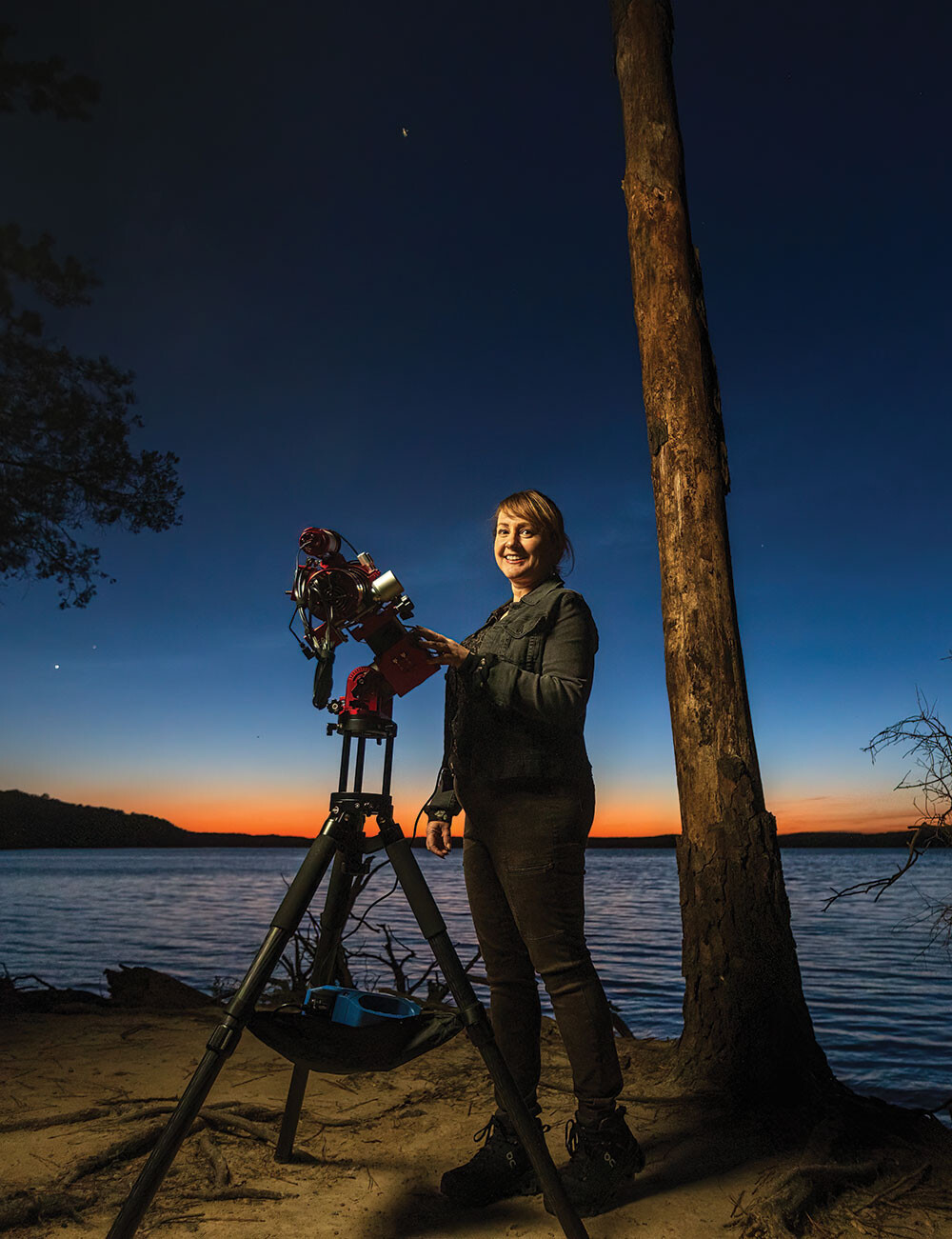
Elizabeth Quinlan waits on the bank of Jordan Lake for a glimpse at comet Tsuchinshan-ATLAS, which was visible for about 20 minutes as it passed by Earth on October 14.
No matter how you see the night sky, you won’t see these specific astronomical ornaments in the summer or the fall.
And when it comes to where to view these wonders, the best place to start is your own front or backyard. Quinlan does much of her best night sky viewing from her driveway. Jordan Lake, Bond Park, Dorothea Dix Park, and Umstead State Park all offer clearings, no tree line, and aren’t entirely without light — which make them ideal spots for stargazing.
Under the Same Sky
As things started to open following the pandemic, Quinlan’s newfound astronomy community surprised her: “I was not expecting such an open and sharing community, where people are so excited to share all the information.” From NASA to citizen scientists, she says, astronomy “really is a community project.”
After she joined the Raleigh Astronomy Club, Quinlan recognized that the astronomy community offers space for everyone. Children can be what she describes as “tangibly involved” in connecting with the universe by visiting the North Carolina Museum of Natural Sciences or attending star parties.
Held on rooftops and other Triangle-area locations, star parties bring a sense of togetherness to viewing celestial bodies. Kids can observe the cosmos, and adults can learn about telescopes, including advanced types like solar telescopes.
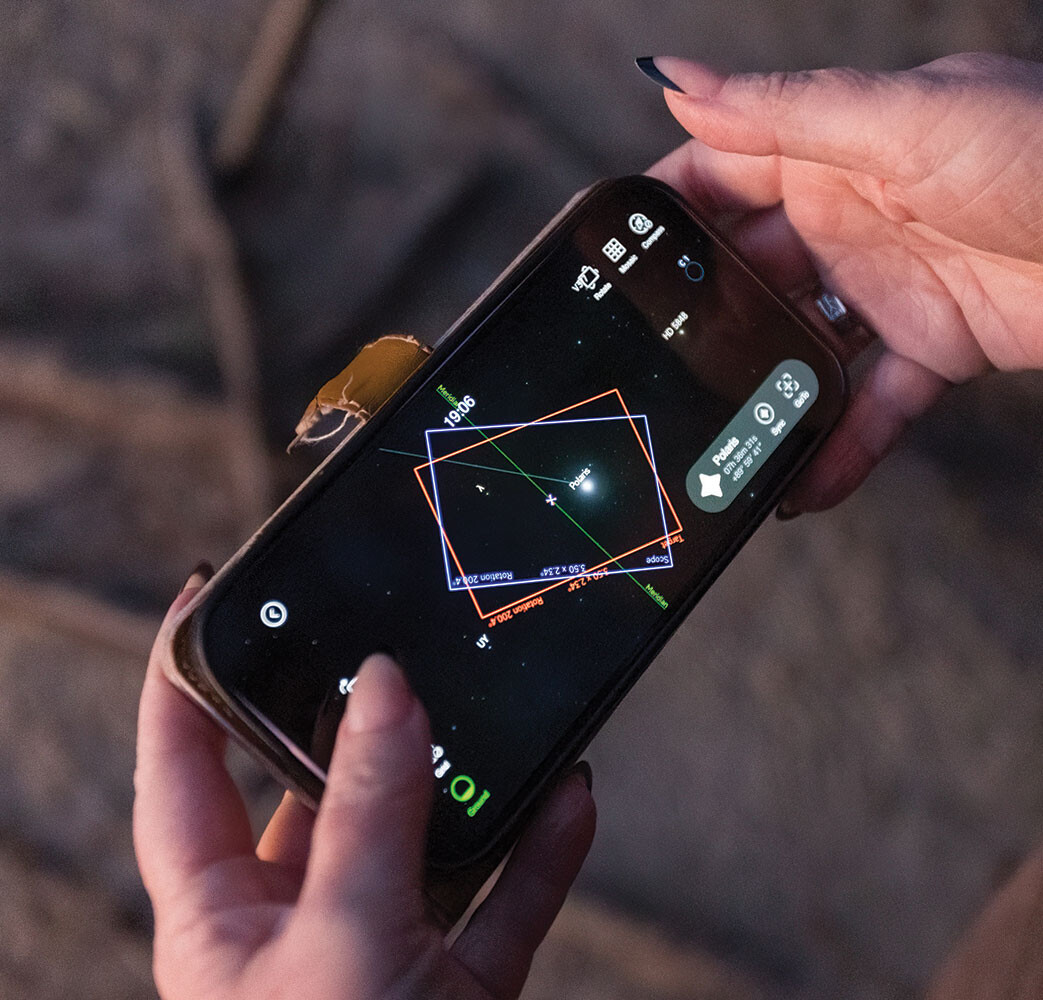
Quinlan uses an astronomy app to find the North Star, Polaris, for telescope alignment.
To further learning, an array of information is available online or in print, and private guides are available for hire. Wake Tech offers introductory courses in astronomy, and Wake County libraries host talks and lectures for those hoping to delve deeper.
Stars in Our Eyes
Group viewing of comet Tsuchinshan-ATLAS, which was visible on October 14 for approximately 20 minutes during sunset as it was passing Earth, is just one recent example of the community nature of stargazing. That evening, Jordan Lake welcomed families, groups of friends, and photographers — including astrophotographer Quinlan and Cary Magazine Chief Photographer Jonathan Fredin.
With only the naked eye and some patience, you can experience the wonders of the night sky.
Why not create your own holiday tradition by taking your kids outside and seeing if they can make up their own stories about the constellations?
Or let your eyes adjust and you will see that the stars are many colors. How many colors can you detect?
How many stars of the Pleiades can you count? How about shooting stars in the Leonid shower?
Satellites, stars, and planets all have different characteristics. If it’s twinkling, it’s a star. If it’s solid, it’s a planet. And if it’s moving, it’s a satellite or a falling star. Can you identify what you’re looking at based on these characteristics?
As everyone waited, eagerly anticipating the brightest comet in 27 years to make its appearance, Quinlan began to doubt that the comet would show, considering maybe the clouds on the horizon were too thick.
“Just when we thought we’d miss the comet, it finally made an appearance, growing brighter and brighter,” she explains. Awestruck adults and previously impatient children “couldn’t be dragged away from watching the comet and taking pictures.”
Written in the Stars
“This is not a fast-based hobby,” Quinlan admits about astronomy. “Everything moves quite slowly, but fast enough that you can notice if you slow down.”
She poses the question: Can you slow down enough to watch the stars and constellations move along the ecliptic? As we consider the year behind us or contemplate what is to come in 2025, we would all benefit from doing as Quinlan suggests and “take that time with your family or friends or just yourself and watch them as they slowly move.”
Like others during the festive season, Quinlan used to hang holiday lights around her house. In the last few years, since the universe has opened itself to her, she’s stopped. Holiday lights, she says, “dim what’s naturally there.”
- The 2024 Gift Guide
- Sweeten Your Season
- Let It Snow
- Starry Night
- Things to Do: November/December 2024
- Mindful Merriment
- Erica Chats: Surviving Holiday Stress
- Small Business Spotlight: Golden Hex European Food Market
- Nonprofit Spotlight: Hands for Hopes
- Liquid Assets: Turtle Tinsel
- Liquid Assets: Pumpkin Spice Cheesecake Espresso Martini
- Garden Adventurer: The Ins and Outs of Amaryllis
- On Trend: Caroling
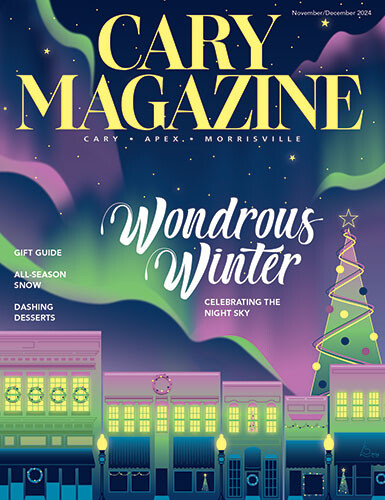



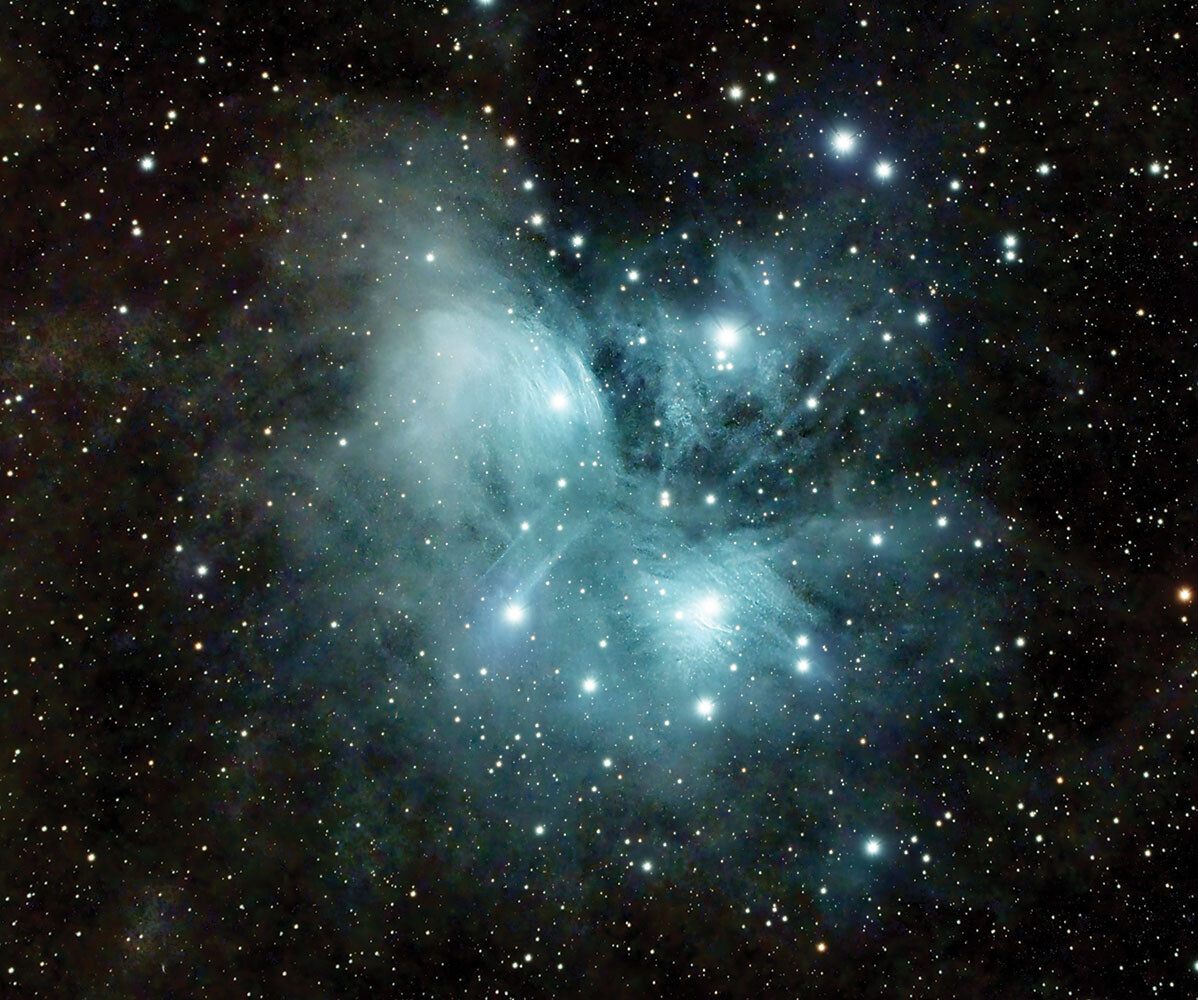
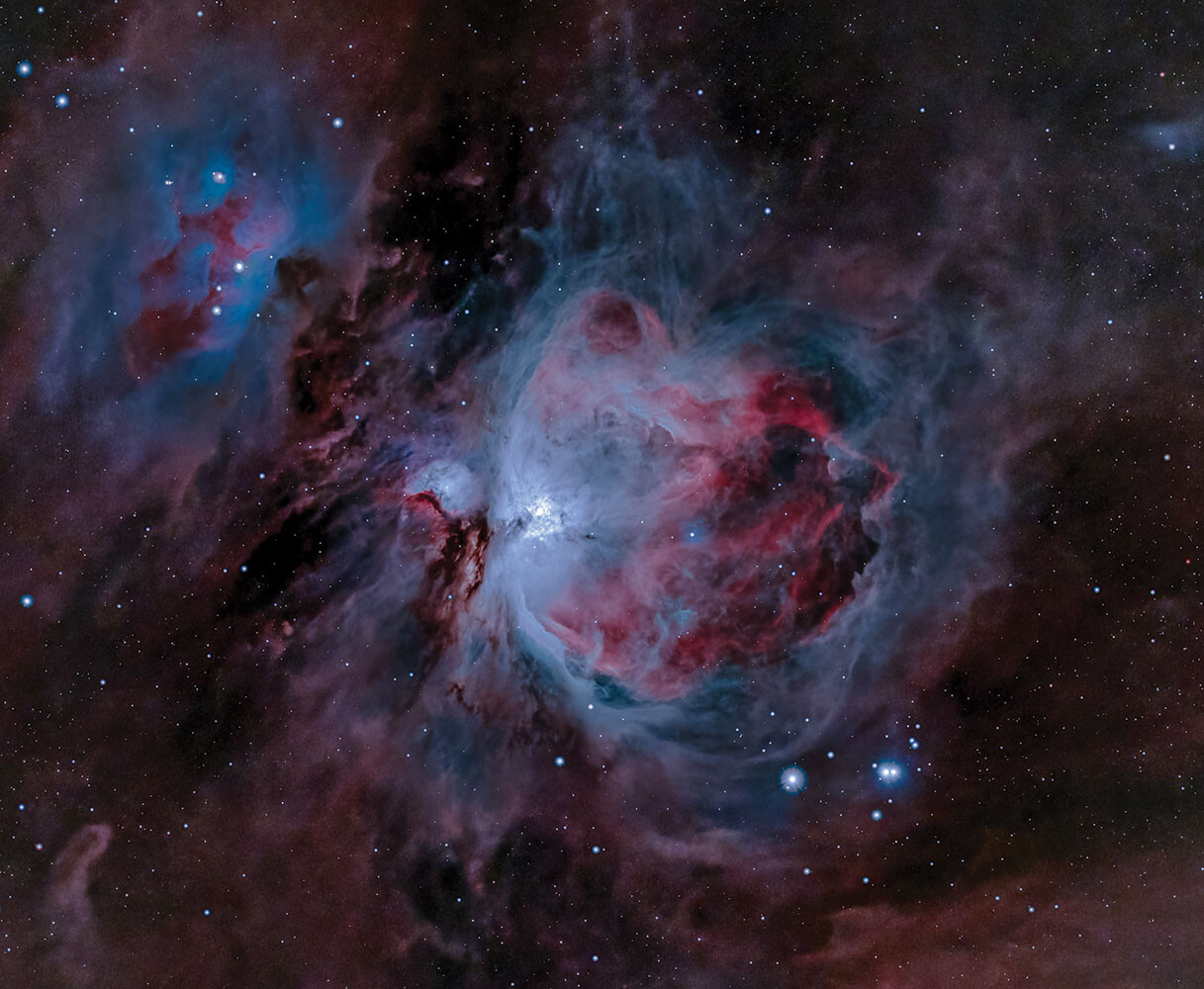
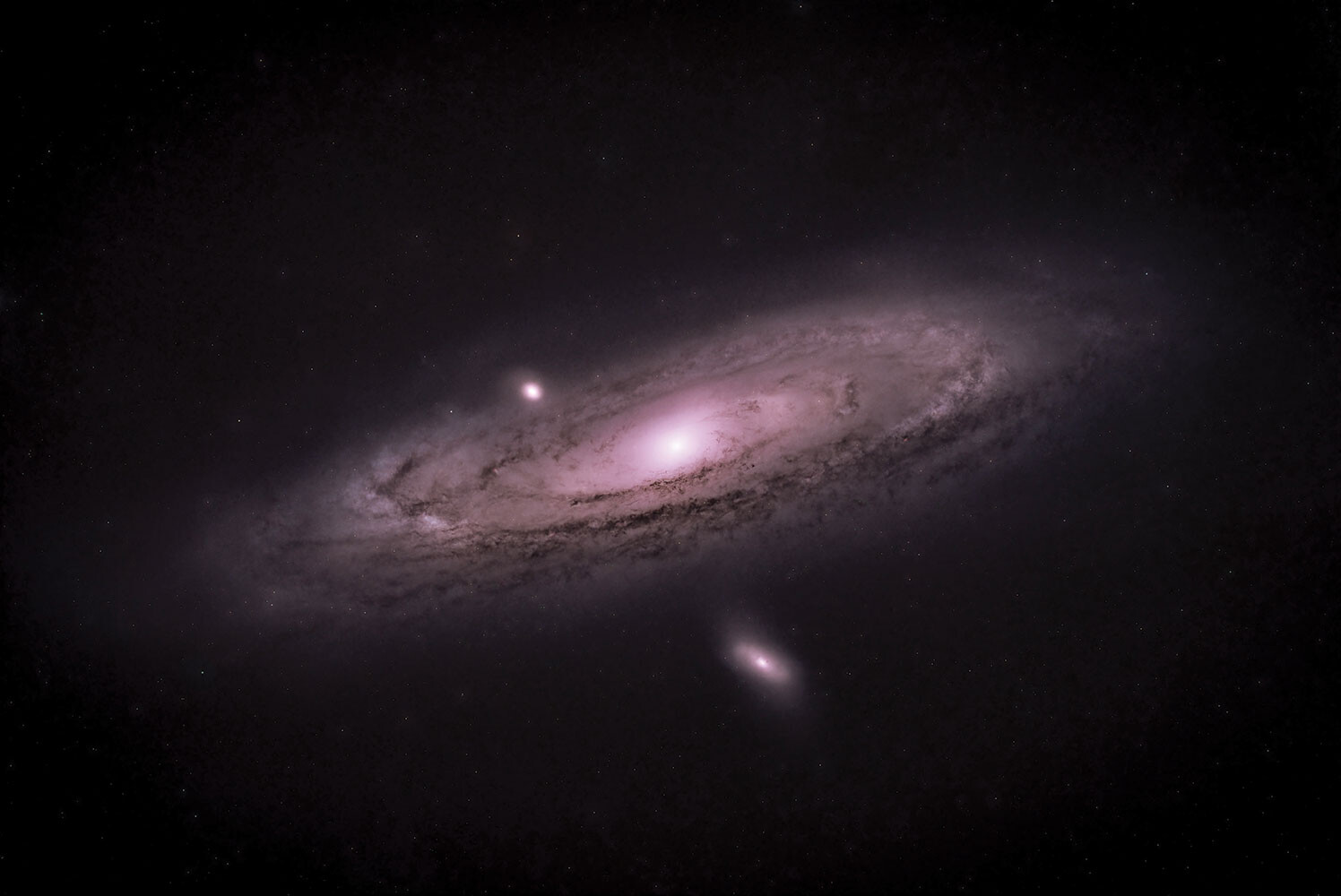
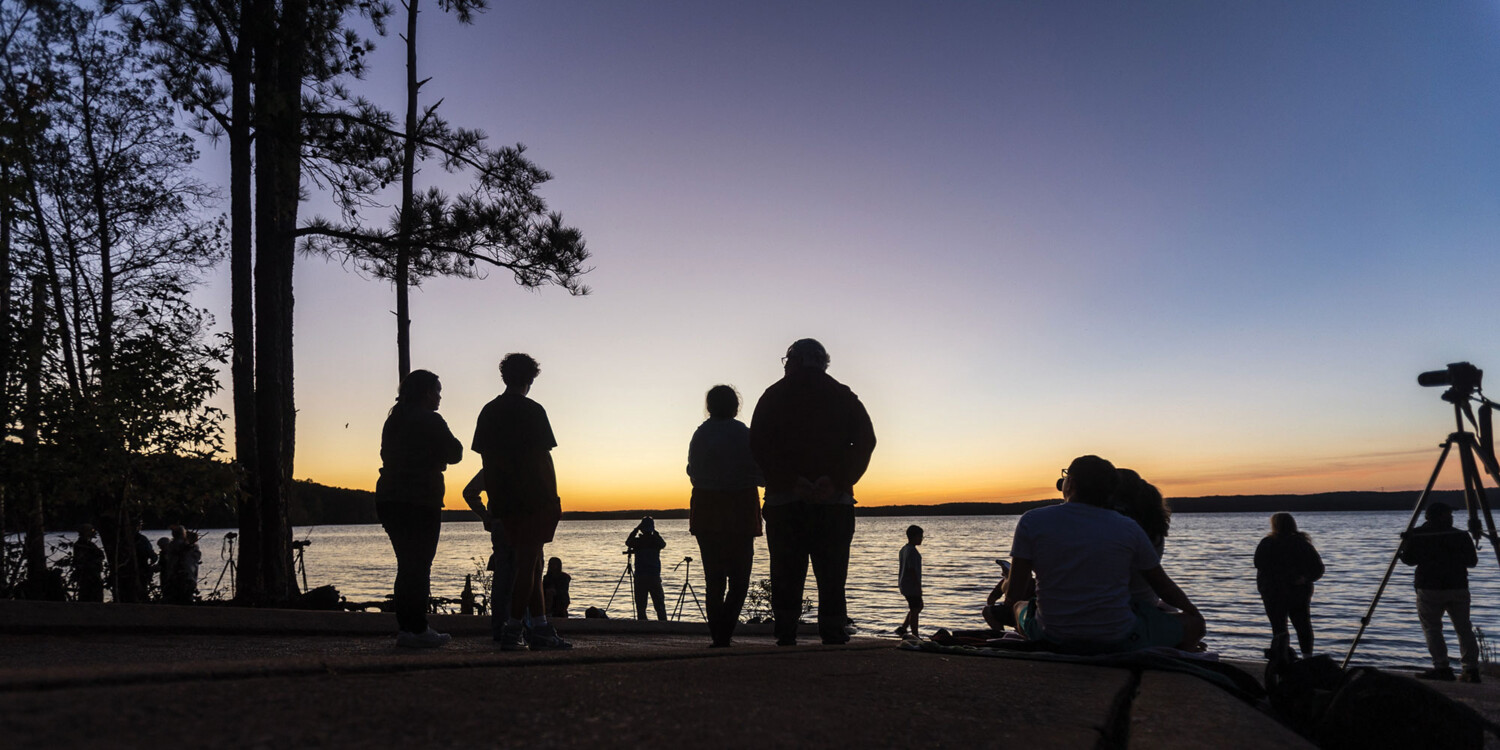
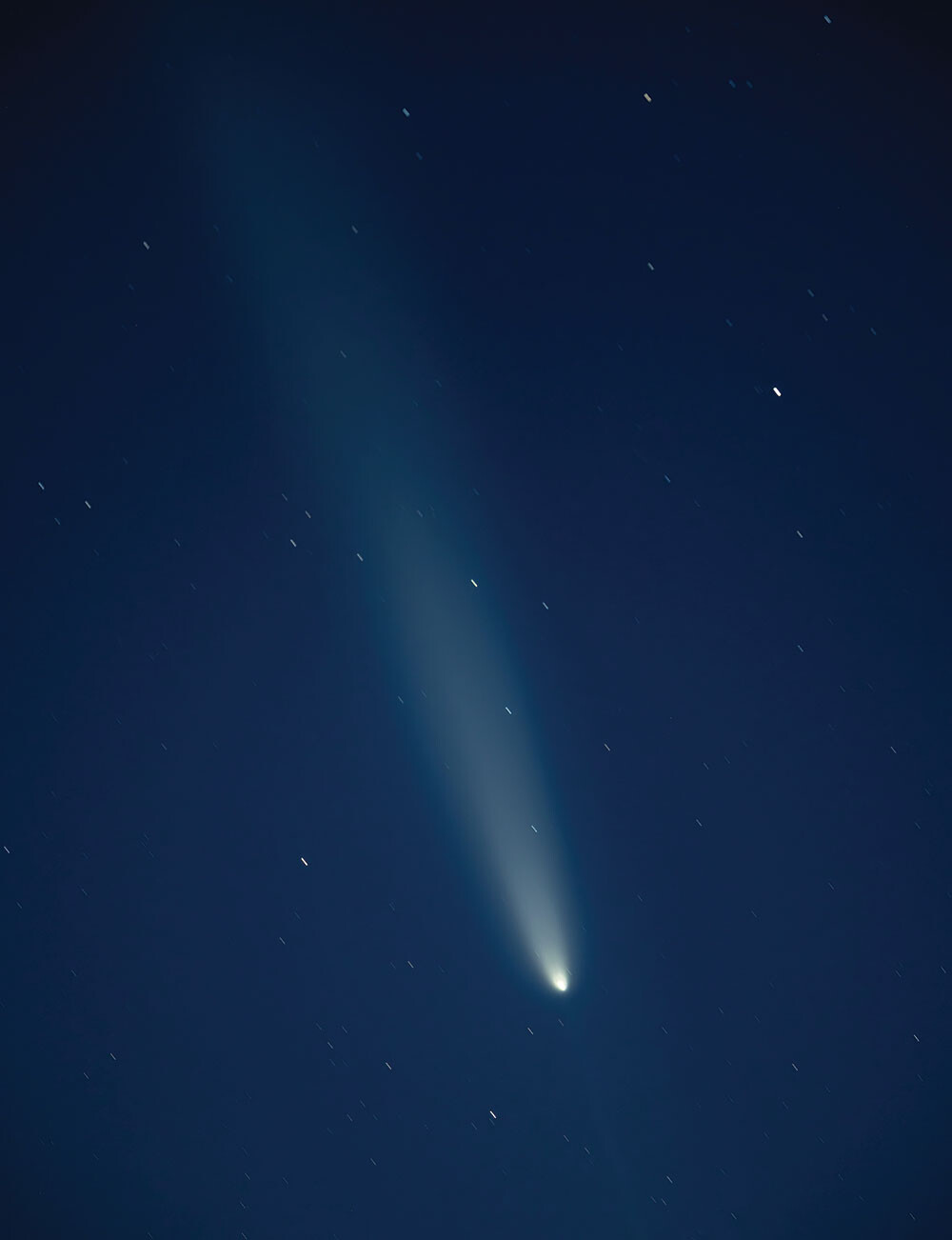
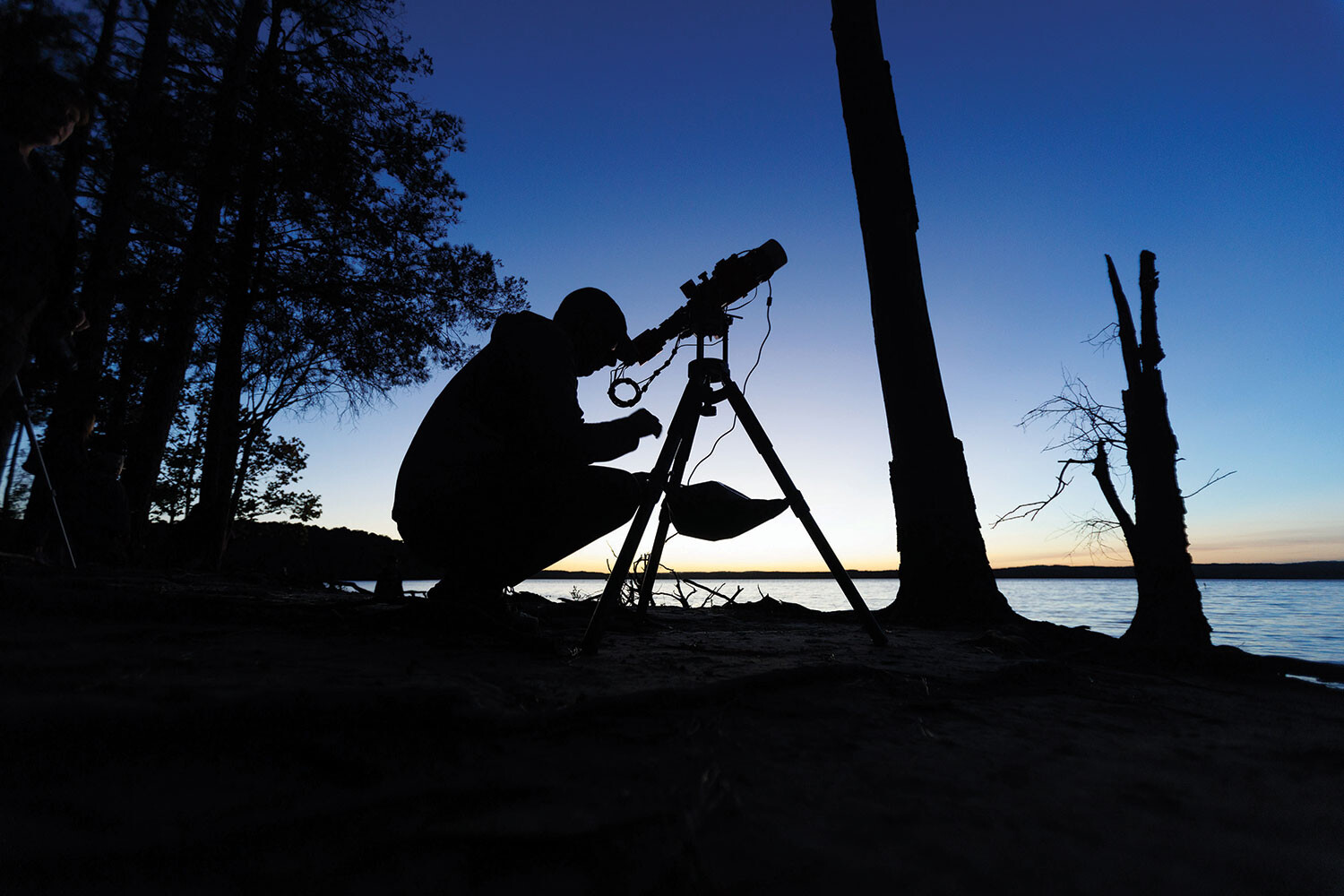
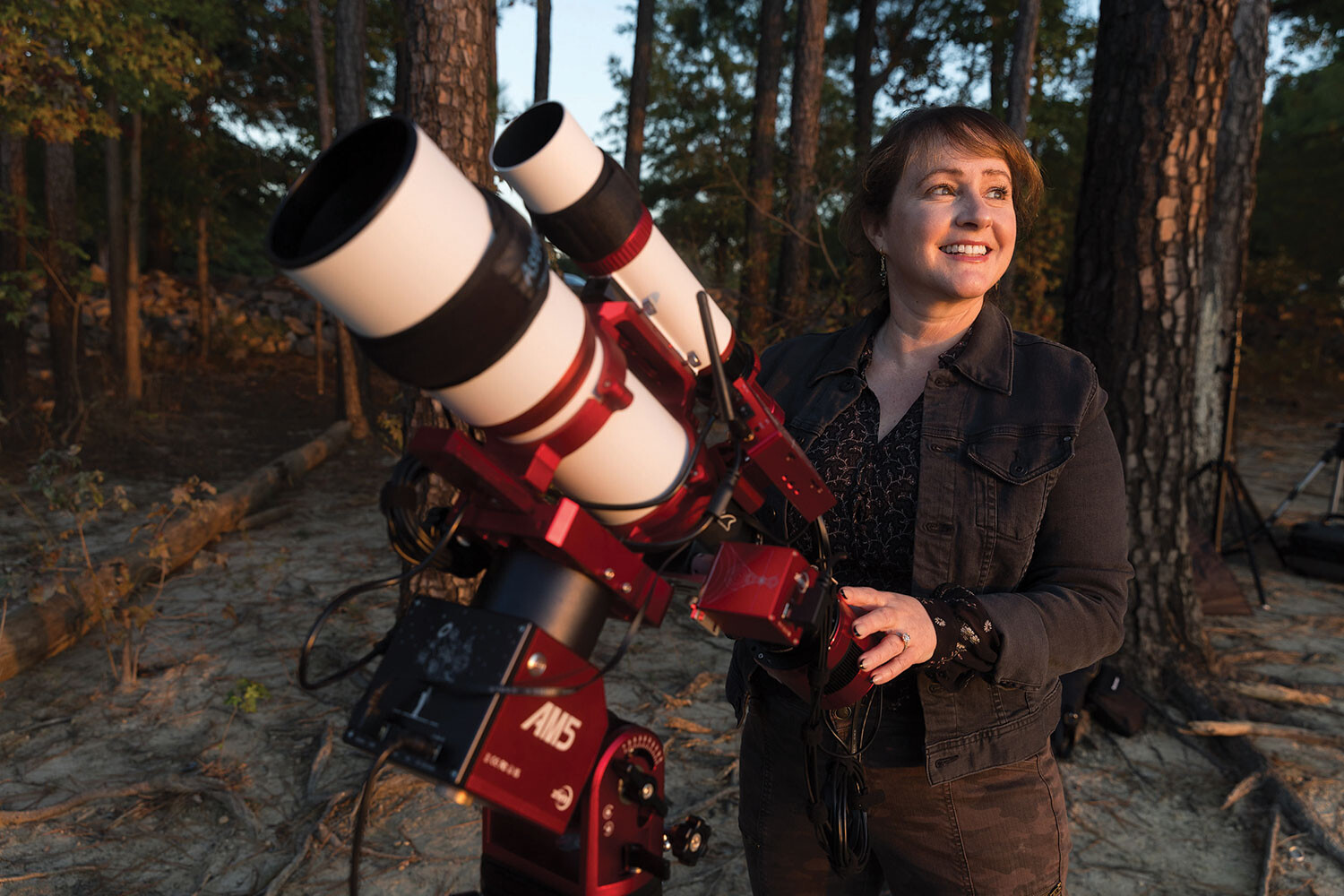

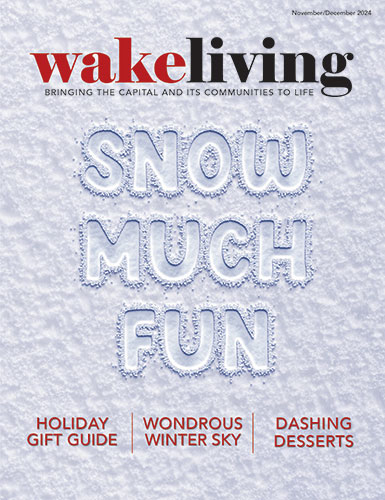
Excellent article. Her photos are wonderful and thought provoking!